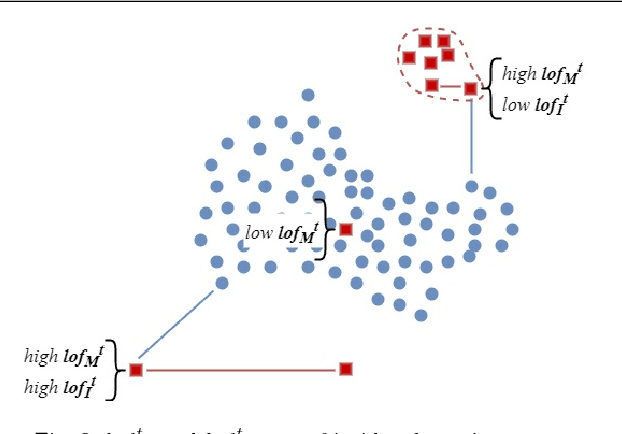Diana Haidar
Trends and Challenges Towards an Effective Data-Driven Decision Making in UK SMEs: Case Studies and Lessons Learnt from the Analysis of 85 SMEs
May 24, 2023Abstract:The adoption of data science brings vast benefits to Small and Medium-sized Enterprises (SMEs) including business productivity, economic growth, innovation and jobs creation. Data Science can support SMEs to optimise production processes, anticipate customers' needs, predict machinery failures and deliver efficient smart services. Businesses can also harness the power of Artificial Intelligence (AI) and Big Data and the smart use of digital technologies to enhance productivity and performance, paving the way for innovation. However, integrating data science decisions into an SME requires both skills and IT investments. In most cases, such expenses are beyond the means of SMEs due to limited resources and restricted access to financing. This paper presents trends and challenges towards an effective data-driven decision making for organisations based on a case study of 85 SMEs, mostly from the West Midlands region of England. The work is supported as part of a 3 years ERDF (European Regional Development Funded project) in the areas of big data management, analytics and business intelligence. We present two case studies that demonstrates the potential of Digitisation, AI and Machine Learning and use these as examples to unveil challenges and showcase the wealth of current available opportunities for SMEs.
AnyThreat: An Opportunistic Knowledge Discovery Approach to Insider Threat Detection
Dec 01, 2018



Abstract:Insider threat detection is getting an increased concern from academia, industry, and governments due to the growing number of malicious insider incidents. The existing approaches proposed for detecting insider threats still have a common shortcoming, which is the high number of false alarms (false positives). The challenge in these approaches is that it is essential to detect all anomalous behaviours which belong to a particular threat. To address this shortcoming, we propose an opportunistic knowledge discovery system, namely AnyThreat, with the aim to detect any anomalous behaviour in all malicious insider threats. We design the AnyThreat system with four components. (1) A feature engineering component, which constructs community data sets from the activity logs of a group of users having the same role. (2) An oversampling component, where we propose a novel oversampling technique named Artificial Minority Oversampling and Trapper REmoval (AMOTRE). AMOTRE first removes the minority (anomalous) instances that have a high resemblance with normal (majority) instances to reduce the number of false alarms, then it synthetically oversamples the minority class by shielding the border of the majority class. (3) A class decomposition component, which is introduced to cluster the instances of the majority class into subclasses to weaken the effect of the majority class without information loss. (4) A classification component, which applies a classification method on the subclasses to achieve a better separation between the majority class(es) and the minority class(es). AnyThreat is evaluated on synthetic data sets generated by Carnegie Mellon University. It detects approximately 87.5% of malicious insider threats, and achieves the minimum of false positives=3.36%.
 Add to Chrome
Add to Chrome Add to Firefox
Add to Firefox Add to Edge
Add to Edge